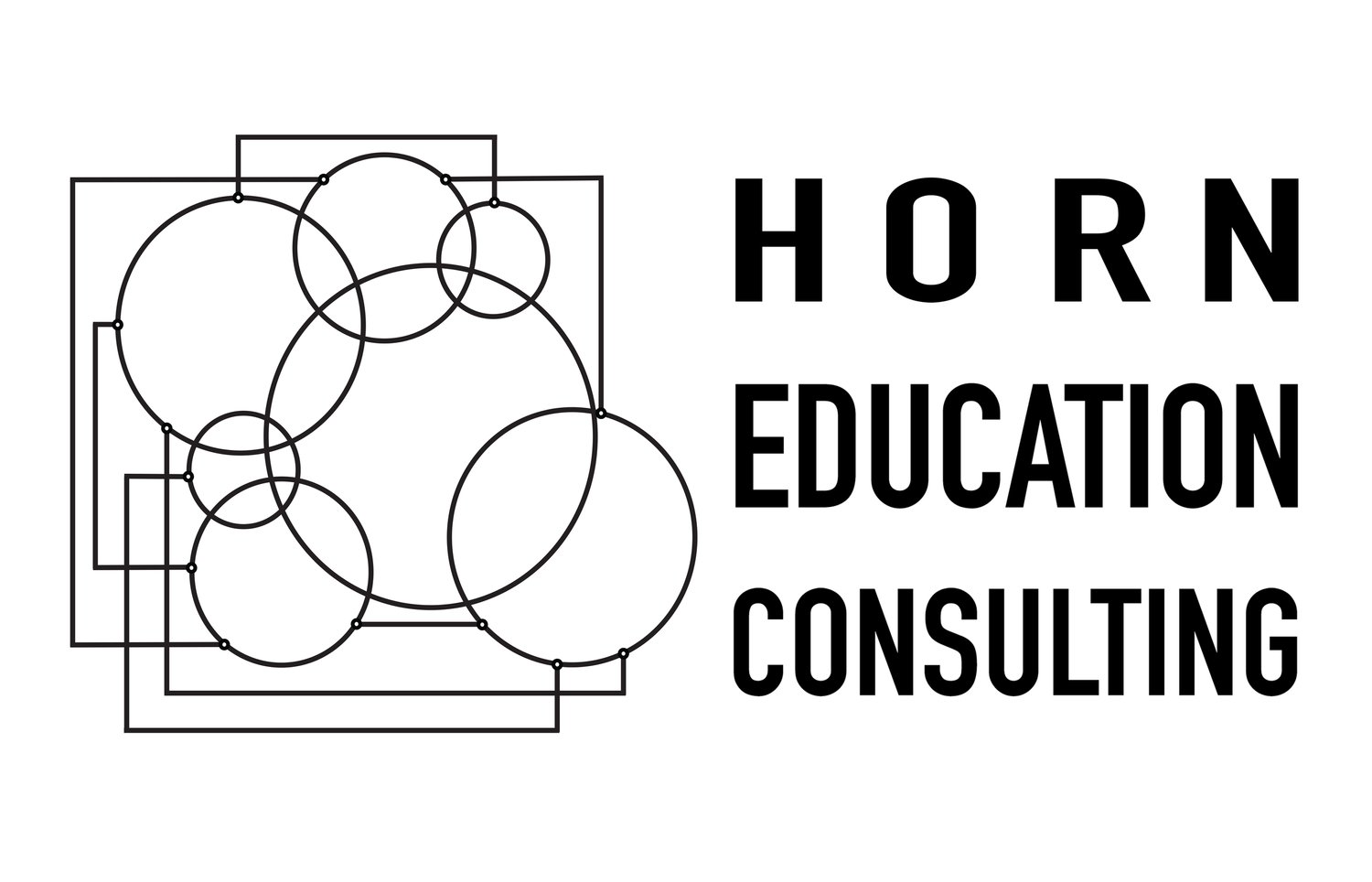Master Class with Thomas Halpin (009)
Today I’m talking with Thomas Halpin, a master violinist and teacher. A performer called “undemonstratively excellent” by The Times of London, Halpin has concertized throughout the U.S. and abroad—yet for more than four decades he has focused on teaching. We discuss how Tom learned to teach, including some of his favorite advice about problem-solving (which I used for many years in my English classroom). We talk about why the violin occupies its unusual spot in the collective imagination, and why music is worth studying—for everybody.
Thanks to Shayfer James for the music he lets Point of Learning use as intro and outro. His songs can be heard and purchased here.
The Point of Learning YouTube channel features video versions of the podcast. For this episode there are a few bonus features, including clips of Tom playing, photographs not included in the gallery below, and one surprise at the very end that I could not resist ...
Episode Structure
The soundtrack showcases some of my favorite selections from the dozens of Thomas Halpin performances on YouTube, listed below in order of their use in the episode. Music links connect to full YouTube recordings and available information about collaborators and recording date.*
01:05 MUSIC: Philip Glass, Einstein on the Beach
02:35 MUSIC: Eric Korngold, Concerto in D major for Violin and Orchestra, 1st movement
02:43 What is it about the violin?
03:35 MUSIC: Aaron Copland, Ukulele Serenade*
05:33 MUSIC: Max Bruch, Andante Sostenuto from Scottish Fantasy
05:57 Thomas Halpin biographical sketch
06:04 MUSIC: Larry London, Twisted Waltz from Dance Suite for Violin and Piano
07:17 Learning how to teach
11:12 MUSIC: Philip Glass, Einstein on the Beach
12:43 Why study music?
14:08 Ivan Galamian and “the teeming anthill” a.k.a. Meadowmount
14:12 MUSIC: Ned Rorem, A Final Dance from Sonata for Violin and Piano
17:07 STRATEGY: Identify-Isolate-Integrate
19:00 Becoming an Artist: Jaron Lanier, virtual reality as music, and what “instrument” really means
19:12 MUSIC: Eric Korngold, Concerto in D major for Violin and Orchestra, 3rd movement
19:43 MUSIC: Aaron Copland, Nocturne*
24:18 Zino Francescatti
24:31 MUSIC: Fritz Kreisler, Præludium & Allegro
26:10 Good Teaching and Bad Teaching
29:15 MUSIC: Pablo de Sarasate, Caprice Basque
29:18 The Learning Process
* Correction: I discovered soon after production that the Copland recordings were misattributed, based on some mislabeled source tapes uploaded by a third party. Halpin did record these works, but the performances included on the podcast should be credited to violinist Louis Kaufman. The pianist for Ukulele Serenade was Annette Kaufman; for Nocturne, Aaron Copland himself. I regret the error.
RELATED MATERIALS
During Tom's stint with Van Morrison was recorded this version of "Caravan," live at the Troubadour, circa 1973.
Tom on the triangle, his first instrument; his older brother Joe on bass. Circa 1952.
During the two weeks surrounding Christmas of 1954, the Calloettes played 23 concerts in the SF Bay Area. Remarkably, Mr. and Mrs. Callo collected fees, while the musicians and their parents received no remuneration for their efforts. By this point, Tom (front row, second from right) plays the violin.
Here's that segment from the radio show The Takeaway in which host Todd Zwillich interviewed virtual reality pioneer Jaron Lanier:
"Kreutzer Sonata," the painting by René Prinet that Halpin mentions as he discusses the romantic popular idea of the violin. Image from Wikimedia Commons.
A response from Zino Francescatti, after Halpin and Yvar Mikhashoff dedicated their transcription of Debussy's "Dance of Puck" to the legendary violinist. Halpin treasures this note from a violin hero.
Mr. Halpin's Learning Process
Break new material into manageable chunks--perhaps 4 measures of music at a time.
Take three separate looks: once for notes, once for rhythm, once for bowing.
A. Notes
Say the note names aloud. Promotes conscious awareness of what's going on re: key signature, major/minor, etc.
Play the notes, but without regard to rhythm or bowing. Just focus on getting the notes right.
B. Rhythm
Mark the beats. Hashmarks flag the quarters of each measure of music in common time (4/4), or whatever the time signature may be.
Tap your foot (or metronome) and hum/say/monotone sing-song the rhythm. Ignore slurs and ties.
Tap your foot and play, without slurs.
C. Bowing.
Tap and pantomime the bowing to rhythm, but without your violin.
Tap and play. Add bowing to rhythm to notes ...
The sight gag Mr. Halpin describes during his remarks on bow distribution.
Never miss an episode!
Point of Learning is for anyone curious about what and how and why we learn. Important ideas carefully curated. Available about every other month in podcast audio, often with a YouTube companion edition. Subscribe to the newsletter and I’ll reach out whenever a new episode or bonus item is ready!
Can you spare a dime? If you’re interested in supporting this work, click the button below. Point of Learning has partnered with Patreon to keep support simple, with membership tiers beginning at just $3/month—about 10 cents per day.







